What You Need to Know About Indoor Aloe Plants
You have probably come across different adverts about Aloe Vera and its benefits. What you don’t know is that apart from the health benefits, Aloe Vera is one of the most popular houseplants that adds a natural vibe to many homes. If you are longing for a deep breath of fresh air, an Aloe plant would be the ideal choice. The plant will enhance your indoor air quality by getting rid of toxins and pollutants. Besides, you have numerous options to choose from depending on your needs and preference. Keep reading to learn more about Aloe plants.
What is Aloe?
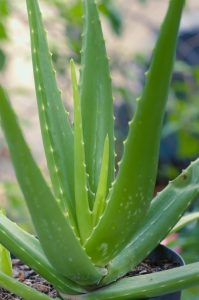
Aloe (Aloe spp) is a succulent plant commonly grown indoors. This plant has long fleshy leaves with serrated edges. The plant’s leaves grow from a rosette giving the plant a distinctive appearance. A mature Aloe Vera plant produces spiky flowers. However, this plant rarely blooms when grown indoors.
The Aloe genus has several species of plants that you can select from with the Aloe barbandesis/Aloe Vera being the most common species. The Aloe Vera house plant is popular for its striking appeal and health benefits. The plant’s leaves contain a sap that is used to remedy numerous skin conditions like sunburns, wounds, and others. The plant’s leaves are snapped to access the medicinal sap.
The Aloe Vera plant is among the popular indoor plants for beginners since it is relatively easy to maintain. You will also enjoy fresh indoor air since the plant is a great air purifier. The lush Aloe Vera leaves add a natural vibe to your home. You can easily purchase your houseplant online to add vibrancy to your indoor houseplant collection.
This plant is however mildly toxic to cats and dogs when ingested. You don’t want your pet nibbling on your newly purchased plant and getting sick. Find an ideal spot to place your Aloe Vera indoor plant away from your pets.
Types of Aloe house plants
There are several Aloe houseplant varieties you can select from depending on your taste and needs. Get a glimpse of the different types of Aloe Vera plants below.
Aloe Vera/ Aloe Barbadensis
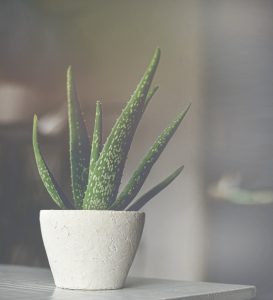
This is the most common indoor plant known for its healing properties and distinctive appearance. The Aloe Vera plant has long succulent leaves that form a rosette in the middle. The plant’s leaves can be green or variegated with white spots.
Aloe arborescens
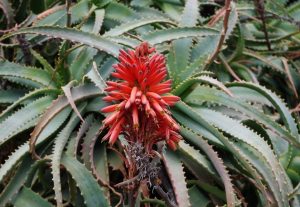
The Aloe arborescens is a type of Aloe plant that grows outdoors. This type of Aloe can grow up to 2 meters wide and 10 feet tall and is not suitable to grow indoors. This plant also has some medicinal properties. The Aloe arborescens plant has large fleshy leaves that have green, purple, or red hues.
Aloe Polyphylla
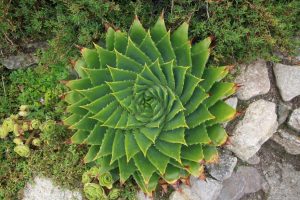
This species is also known as the Spiral Aloe which is a rare indoor plant variety in the Aloe genus. If you are looking for a distinctive aesthetically pleasing plant, the Aloe Polyphylla would be the ideal choice.
The plant features small pointy leaves arranged in a spiral formation. However, unlike some Aloe plants with medicinal properties, Aloe Polyphylla contains toxic sap that can cause irritation when applied to the skin.
Aloe Variegata
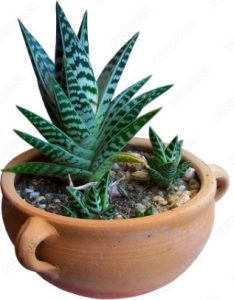
Also known as the Tiger Aloe, the Aloe Variegata is a common house house plant known for its variegated fleshy leaves. The plant’s leaves have attractive white stripes across their width.
This plant is an ideal houseplant since it only grows about 10 to 15cm high. Unlike other Aloe plant varieties with serrated leaves, the Aloe Variegata’s leaves have straight edges. Be careful when handling this plant since it is toxic.
Aloe aristasta
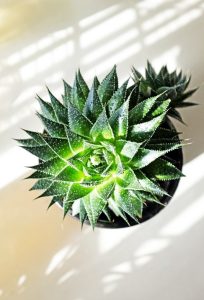
This Aloe plant is also known as the Guinea Fowl Aloe or Lace Aloe. The Aloe aristata has fleshy variegated leaves with white teeth on their edges. The plant’s leaves are green with white spots resembling snowflakes. The leaves are articulately arranged to form a star shape hence the plant’s name. This plant can be a beautiful houseplant addition that compliments your interior décor.
Aloe ‘Carmine’
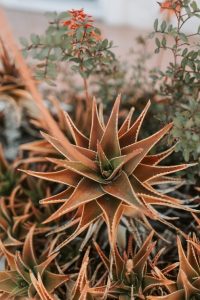
Aloe ‘Carmine’ is a small attractive Aloe plant with fleshy variegated leaves. The plant’s leaves have gray, green, and orange hues that brighten up your space and add an aesthetically pleasing natural feel to your home.
Aloe ‘Crosby’s Prolific’
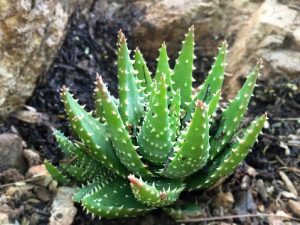
Aloe ‘Crosby’s Prolific’ is a small attractive plant commonly used as a houseplant. The plant has small fleshy leaves with translucent teeth at their edges. The plant’s leaves are green and form a rosette in the middle. The Aloe Crosby’s Prolific is one of the best houseplants that require minimal care and maintenance.
Aloe Dorotheae
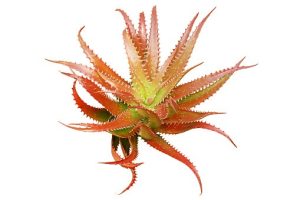
The Aloe Dorotheae also known as the Sunset Aloe is an attractive plant with light-green spiky leaves which turn red when exposed to sunlight. This plant is popular for its attractive foliage that brightens up indoor spaces. You can purchase your houseplant online to brighten up your home and lift your mood.
Aloe Cryptopoda
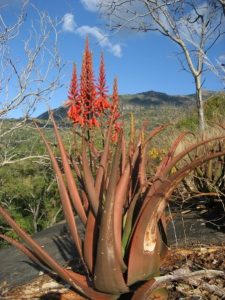
Otherwise known as the Snake Aloe, the Aloe Cryptopoda is a unique plant with long fleshy pointy leaves that grow upright. This plant is large and would not be suitable to grow indoors. However, the plant can be an excellent addition to your outdoor garden.
Aloe Juvenna
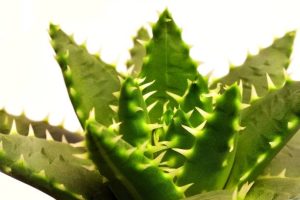
The Aloe Juvenna is also known as the Tiger tooth Aloe. This plant features short fleshy leaves with sharp teeth on their edges hence the name Tiger Tooth. The plant’s leaves are stacked together to form a rosette. The Aloe Juvenna can be an ideal houseplant that adds color to your home.
Aloe Albida
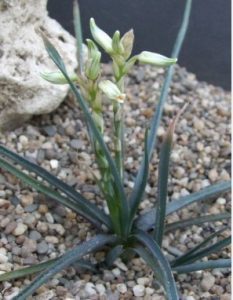
The Aloe Albida is also known as the Grass Aloe. Unlike the other types of Aloe plants, the Aloe Albida resembles grass hence its name. The plant features long green leaves that resemble blades of grass. The Aloe Albida produces beautiful white flowers. This plant would be an excellent addition to your houseplant collection.
How to care for Aloe plants
Aloe plants are quite resilient making them suitable aloe vaes for beginners. These plants are drought-resistant and can survive a long period without water. However, the plants still require watering to survive. Below is how you care for your Aloe plant.
Water
You are most likely to kill your Aloe plant with overwatering rather than underwatering. This is because the plant is relatively drought-resistant and doesn’t demand frequent watering. You don’t have to worry about your plant during your one-week vacation since it will remain perfectly healthy. A 3-week vacation is what you have to worry about.
Water your plant every 2 to 3 weeks. To confirm whether your plant needs water, you can feel the soil with your finger. If the soil feels dry, it is the ideal time to water your plant. Without adequate water, your plant’s leaves will begin to turn yellow
You will have to be extra careful not to overwater your Aloe plant. The plant is prone to root rot when overwatered. Just make sure the soil is moist but not overly wet. Drain all the water before returning your plant to its position. Water your plant frequently during the summer and infrequently during the winter.
Soil
Most types of indoor Aloe plants require soil that is similar to their natural habitat. Use well-draining soil, preferably sandy soil or a cactus mix that does not retain moisture. Aloe plants are not very demanding and they don’t require nutrients to remain healthy. You can use acidic soil but your plant can adapt to any type of soil.
Light
Aloe plants thrive in bright indirect sunlight. You can place your plant near a window with just the right amount of lighting. too much exposure to direct sunlight will scorch your plant’s leaves. On the other hand, inadequate lighting makes the plant stretchy and unhealthy. A northern or southern-facing window would be ideal for your Aloe plant.
Try to constantly rotate your plant to ensure uniform light absorption. If you don’t have access to natural lighting, you can use artificial lights. Place your plant near the source but not too close to prevent scorching.
Humidity and Temperature
Most Aloe plants grow in arid areas where the air is dry and temperatures are high. You can provide the same conditions for your plant to thrive. Your Aloe plant will flourish in household humidity conditions. Keep your plant away from humid areas like kitchens, bathrooms, etc.
Your plant will also thrive under room temperature conditions. The ideal temperature range for your plant is between 55 and 85 degrees. However, your plant will not withstand frost and it would be best to keep the temperature above 40 degrees.
Feeding
The Aloe plant does not require a lot of nutrients to grow. You don’t have to fertilize your plant. However, you can always feed your plant once annually. Use a liquid fertilizer to achieve the best results.
Pruning and propagating
It is normal for your Aloe Vera indoor plant to have a few dead leaves. Trimming the damaged leaves will keep your plant in good shape and maintain its appeal. You can also get new Aloe Vera house plants by cutting off plantlets. You can plant the plantlets in separate pots and enjoy your Aloe Vera plants.
Aloe plants are available in several species from the famous Aloe Vera to the Sunset Aloe. These plants are suitable for beginners and require little maintenance. Some varieties even have health benefits such as minimizing respiratory health issues by removing toxins from indoor air. Others have a gel-like substance that is used to treat skin conditions. You can buy your indoor plants online and watch your mood, health, and productivity increase. For more assistance, get in touch with us today.
